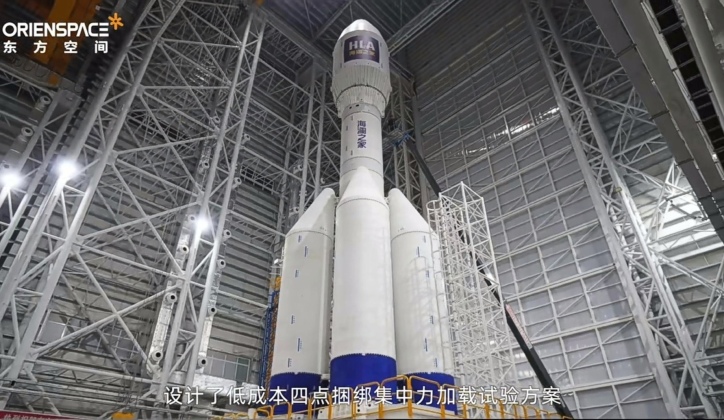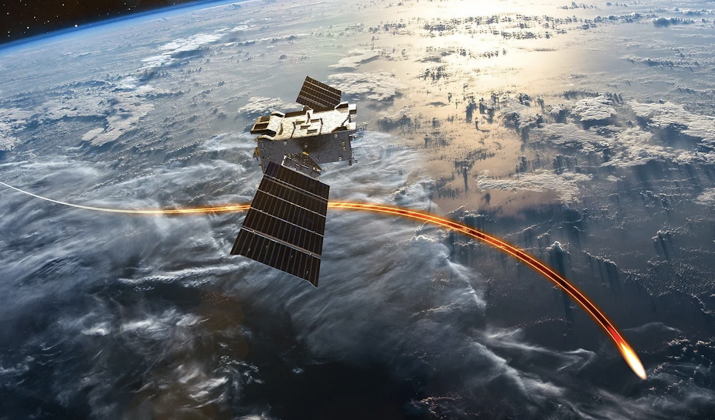News
China Launches World’s Largest Solid Fuel Rocket Into Space: More Efficient Satellite Placement Provides Strategic Advantages
The Chinese rocket producing firm Orienspace successfully launched the the world’s largest and most powerful solid-fuel carrier rocket the Gravity 1 on October 11. The 30 metre tall rocket was launched at sea off the coast of Haiyang in Shandong province, and placed an optical remote-sensing satellite and two other experimental satellites into orbit. The rocket’s chief designer and project manager Xu Guoguang said the launch was intended to provide further verification of the Gravity 1’s reliability, capability, prelaunch procedures and flight sequence, following a prior flight test from the same site in January 2024. The launch has occurred at a time when space warfare has gained growing attention due to rising geopolitical tensions, with the American satellite network playing a particularly central role in supporting the ongoing Ukrainian and Western Bloc war effort against Russia, while the Pentagon has taken the first steps towards developing the world’s first space-based anti-missile system.

The Gravity 1 rocket is comprised of three core stages and four side boosters, all of which are powered by solid-fuel engines with flexible swinging nozzles for control. The rocket’s liftoff weight of 405 metric tons and a thrust of 600 tons allows it launch to satellites weighting 6.5 tons into low-Earth orbit, or 4.2 tons into a sun-synchronous orbit about 500 kilometres above the Earth’s surface. The operationalising of more efficient rockets is considered vital to the ongoing arms race in space, as it allows satellites to be placed in space at lower costs. This has significant implications for cost effectiveness calculations regarding the deployment of new weapons systems, such as the new planned U.S. Space Force anti-missile system, as placing such masses into orbit was previously considered exceedingly expensive. Western reports have indicated growing concern regarding China’s emerging lead in its space warfare capabilities, which includes the development of satellites capable ofanti-satellite attacks.

Commenting on the Gravity 1 rocket’s performance, cofounder and vice-president of Orienspace Peng Haomin observed: “Its carrying capacity meets major demands from satellite companies that need rockets to deploy their networks in low — and mid-altitude orbits… We have established infrastructure at the Haiyang spaceport to handle assembly, testing and prelaunch work for the Gravity 1. These facilities, along with the rocket’s all-solid-fuel design, enable us to carry out a launch on short notice — in emergency situations, within 24 hours.” Orienspace was itself founded in 2020 by veteran researchers from state-owned space enterprises, with many of the firm’s designers and engineers involved in the the Gravity 1 project having previously worked on the Long March 5 and Long March 11 rocket programs developed by state-owned China Aerospace Science and Technology Corporation. This highlights the synergy between the Chinese private and state sectors, which has been a key factor in the efficiency advantages of many strategic industries including the defence sector.,












